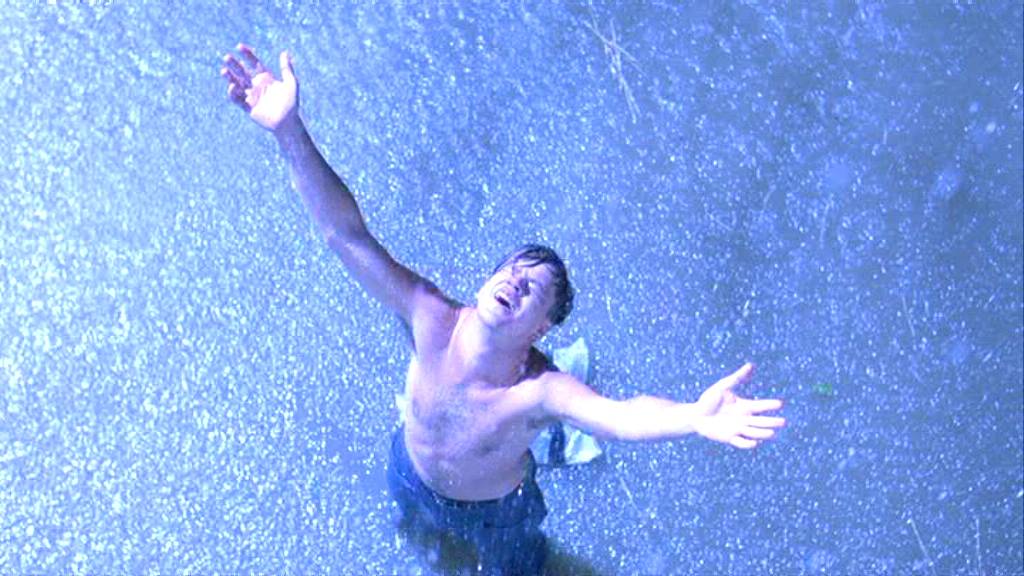
Australia’s best mainstream economic commentator, Tim Colebatch, wrote a barn burner yesterday afternoon:
The resources boom is over, sooner than anyone expected. Capital expenditure in mining essentially peaked in mid-2012, flatlined over the following six months, then plunged steeply in the March quarter, wiping almost $1.5 billion off Australia’s quarterly output.
The Bureau of Statistics capex survey dramatically changes the roadmap for Australia’s economy. The debate over whether the boom would peak in 2013, 2014 or 2015 is over. We now know it actually peaked in 2012.
And while the Reserve Bank has been hoping that non-resource investment would rebound to take the baton from mining, the Bureau figures show that, too, continued to slide in the March quarter, sinking to its lowest level as a share of GDP for almost 60 years.
The Reserve has little choice now but to follow up its May rate-cut with another one in June. As Professor Ross Garnaut has warned, it is urgent that it lower rates to help bring down the dollar rapidly, to give other industries the incentive to invest and expand in mining’s place.
That’s not to say it will necessarily do so. Under Glenn Stevens, the Reserve has erred repeatedly on the side of being too cautious: in five years dominated by the mining boom, our GDP per head has risen just 4 per cent.
The one ray of optimism the Bureau reports is that the miners are still predicting higher investment. Their forecasts imply an implausible 16 per cent surge in spending in the June quarter, followed by a further 4 per cent rise to $102 billion in 2013-14.
Take that with a heap of salt. This time last year the miners forecast they would invest $119 billion in 2012-13. They now predict that will be just $98 billion, and on past form, the figure will actually be less than $95 billion.
Correct. As I argued yesterday, the RBA should cut again in June to surprise markets (which are pricing little chance of it) and keep the pressure on the dollar. If the RBA operates in its business-as-usual manner, it will not. Data has not overly deteriorated since last month. The expected capex numbers were good on the surface and building approvals improved. Consumer confidence fell further and house prices have stalled but there’s no apparent panic in either (nor any sense of a blow off). The NAB survey is still lousy but not much worse than last month. Financial markets are more volatile but that has lowered the dollar. Chinese growth has eased but is decent. Australia’s first quarter GDP looks like it will be OK too, if below trend.
The only big break in the past month is in iron ore prices. But that’s the one to look at. Not necessarily because prices at this level are a big problem, rather for what it says about the future of bulk commodity demand, prices and the mining boom. Prices are going to fall further over time and mining investment with them, steeply.
There is little in the RBA’s staff rhetoric to suggest it understands this. Its Statement on Monetary Policy is very much “steady as she goes”. There has been little acknowledgement in speeches that the bank has overcooked the “structural adjustment” to mining led growth. Rank and file RBA economists – that chaps like Chris Joye, The Kouk and Paul Bloxham share an outlook with – remain wedded to the old Pitchford paradigm that private debt doesn’t matter, that Australia can extend its current account, that higher house prices and consumption is all we need.
But the leadership knows better. Glenn Stevens knows better. He has said so many times since the GFC. Phil Lowe knows better, since he wrote his seminal BIS paper on the risks of asset price inflation. As the mining boom unwinds, a new house price and consumption boom will not cut it, either in magnitude or duration. It’s obvious that the beaten up consumer doesn’t wants to deliver it and if APRA does its job the credit won’t be available anyway. Nor can the RBA rely on a paralysed political elite to extend the public balance sheet.
That leaves but one choice. The dollar must fall and get tradables moving. 90 cents won’t cut it. Non-miming will still burn at that level. 80 cents at least is needed with urgency and for an extended period. The sooner we force it there the better chance we have of preventing a disorderly plunge to 60 cents a little later. Just look through the inflation. It won’t last long.
As I’ve argued for four years, the tradable sectors should never have been sacrificed to the false god of perpetual commodity demand. But that’s a footnote in the history of Australia’s broken political economy now. Revitalisation of the tradables sector is now a major national priority and only the senior RBA leadership can deliver it.

